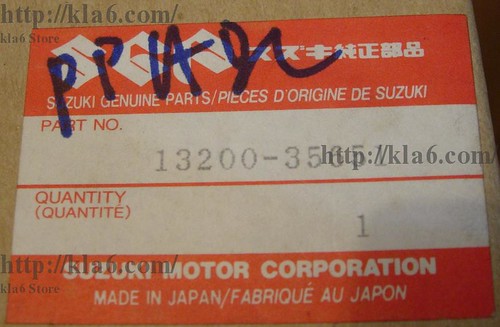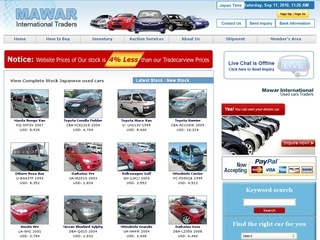Suzuki Truck Dealers
Suzuki's growth has been predicated on its distinctive domestic and international strategies. Domestically, the company owes its success to its high-quality engines, around which it designs a wide variety of vehicles for special or emerging niche markets. Internationally, Suzuki has traditionally targeted developing countries with growing populations, including Suzuki's policy in these markets is to find a local partner to sell simple, more affordable vehicles, taking advantage of the small margins on huge volumes of sales. Suzuki is also involved in a longstanding alliance with General Motors Corporation (GM), with Suzuki acting as a key component in GM's network of alliances with Asian automakers; GM holds a 20 percent stake in Suzuki. As part of this alliance, Suzuki has taken a 15 percent stake in South Korean automaker GM Daewoo Auto & Technology, the former Daewoo Motor Company. Suzuki also holds majority control of automakers Maruti Udyog Ltd. of India and P.T. Indomobil Suzuki International in Indonesia. In the U.S. market, Suzuki's strategy is an extension of its domestic plan. While the major automakers battle for leadership in mass markets, Suzuki excels in the quirky niches between jeep and sport-utility vehicle and between compact and subcompact.
Early 20th-Century Founding
Suzuki Motor Corporation was founded by Michio Suzuki in 1909 as a manufacturer of weaving machines. From its base in Hamamatsu, the Suzuki Loom Works, as it was then known, supplied weaving equipment to hundreds of small fabrics manufacturers in and between Tokyo, and Nagoya. At the time, textile manufacturing was one of Japan's biggest industries. It provided a growing and stable market for the Suzuki enterprise. In 1920 Michio Suzuki took his company public and named the new firm Suzuki Loom Manufacturing Company.
Suzuki continued to manufacture weaving machines exclusively throughout the 1920s and until the mid-1930s. At that time a militarist clique gained control of the government and began a massive mobilization program called the "quasi-war economy." Companies throughout the country were asked to begin planning for a conversion to armaments manufacturing. Suzuki was an especially attractive supplier because it was in the business of equipping other factories. In addition, the company was located far away from major industrial centers that would become primary bombing targets.
By 1937 Suzuki had begun production of a variety of warrelated materials, which may have included vehicle parts, gun assemblies, and armor. For its part in Japan's World War II effort, Suzuki, like thousands of other companies, was requisitioned for war production and probably had no intention of becoming a manufacturer of military implements. Nevertheless, the company continued to manufacture weaving machines for the duration of the war. Fortunately, the Suzuki factory and the city of Hamamatsu escaped the ravages of U.S. bombing campaigns. The company was capable of resuming production after the war, but the economy and supply networks were in ruins.
New Directions After World War II
Suzuki reestablished production of textile manufacturing equipment soon after World War II. Japan, however, was so impoverished that there was little demand for new woven products. As a result, few companies could afford to purchase new looms. By 1947 the pace of investment continued to be slow, prompting Suzuki to make a major change in its business. That year the company moved to a new headquarters building and, relying on the manufacturing experience it had gained during the war, began design work on motorized vehicles. The prospects were favorable; Japan was a nation of nearly 100 million people, nearly all of whom lacked access to basic transportation.




